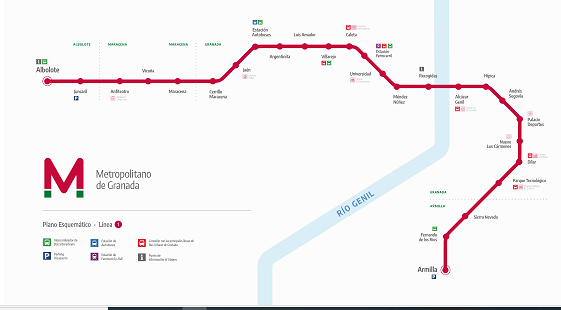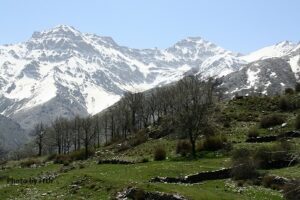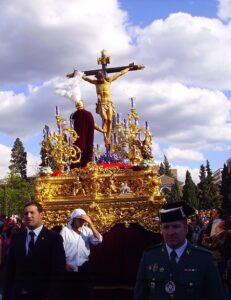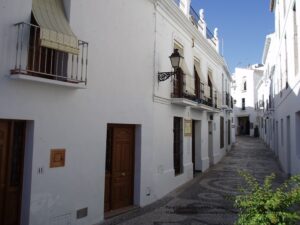While much of the city’s charm lies in its walkable streets, public transport in Granada is efficient, affordable, and well-suited to both residents and visitors. Here’s a guide to navigating the city using public transport in the most effective way.
Urban Buses: The Backbone of Granada’s Public Transport
Granada’s local bus system is operated by Transportes Rober and covers the city extensively. Buses are frequent, clean, and generally reliable, making them an excellent choice for getting around town.
The buses run from early morning (around 6:00 am) until late at night, with some lines offering limited night service.
The most useful bus routes for tourists include:
- C30, C31, C32 and C34: These small red minibuses serve the Albaicín, Sacromonte and Alhambra areas – parts of the city that are difficult to access by foot due to steep hills and narrow lanes.
- LAC (Línea de Alta Capacidad): This is the main high-capacity line that runs through the city centre, ideal for quick travel across the city.
A single bus ticket costs around €1.40, but frequent users or visitors staying a few days may benefit from purchasing a Credibús card, which reduces the fare and can be topped up as needed. These can be bought and recharged at kiosks and some tobacco shops.
The Granada Metro: A Modern Option

Although called a metro, Granada’s system is technically a light rail. The single line connects the city centre with nearby towns such as Armilla, Maracena, and Albolote. It’s especially useful for commuters or visitors staying slightly outside the city core.
The metro is clean, fast, and runs frequently. Trains operate roughly every 8–10 minutes during peak times, and the fare is similar to that of the bus. Metro stations are equipped with machines where tickets can be purchased using cash or card.
Walking :Often the Best Way
Granada’s historical centre, including the Albayzín, Realejo, and city centre, is compact and best explored on foot. Many of the city’s most popular attractions are within walking distance of one another, and wandering its winding streets is part of the experience. Bear in mind, however, that the terrain can be steep and cobbled in places, so comfortable shoes are a must.
Taxis and Rideshares
Taxis are readily available and relatively affordable, especially for short trips or when travelling in a group. All taxis are metred and regulated, and they can be hailed on the street or booked via phone. Uber does not currently operate in Granada, but local apps such as PideTaxi and Cabify may offer similar services depending on availability.
Tips for Visitors
Avoid driving in the city centre: Many areas have restricted traffic zones (Zonas de Acceso Restringido), especially around the Alhambra and the Albaicín. Fines are common for those who accidentally enter.
Use Google Maps or Moovit: Both apps provide real-time public transport information in Granada and are especially useful for planning routes.
Stay central if possible: Accommodation in or near the city centre reduces the need for transport and puts you close to many key attractions.
Related articles

National Parks of Andalucia – a nature lover’s paradise
Andalucia is home to some of Spain’s most stunning natural landscapes — from sweeping wetlands teeming with birdlife to snow-capped

Granada’s fiestas: a celebration of culture
Granada’s vibrant calendar of fiestas are deeply rooted in history and culture, reflecting the spirit of Andalusia — a blend

The flavours of Granada: food and drink to tempt you
With its unique blend of Moorish, Andalusian, and Mediterranean influences, Granada’s cuisine is a reflection of its deep history and

The best day trips within easy reach of Granada
Beyond the majestic Alhambra and the vibrant streets of the Albaicín, the region surrounding Granada offers a wealth of rewarding
